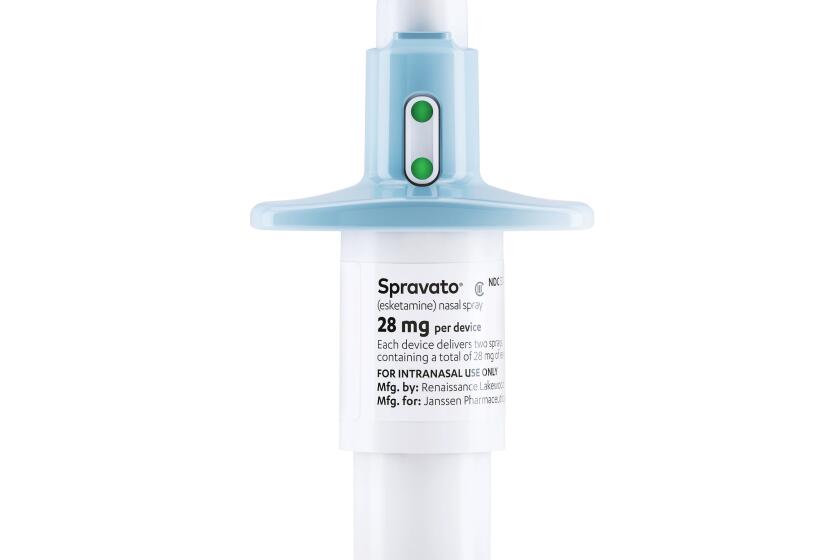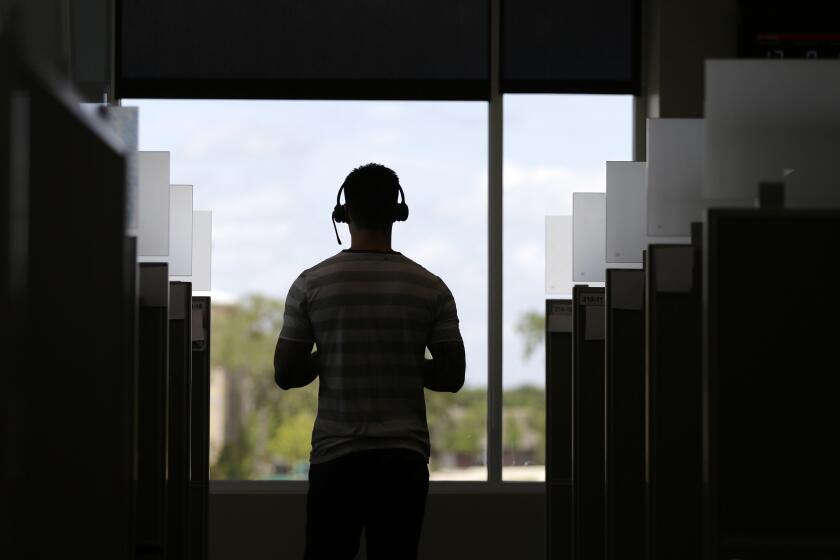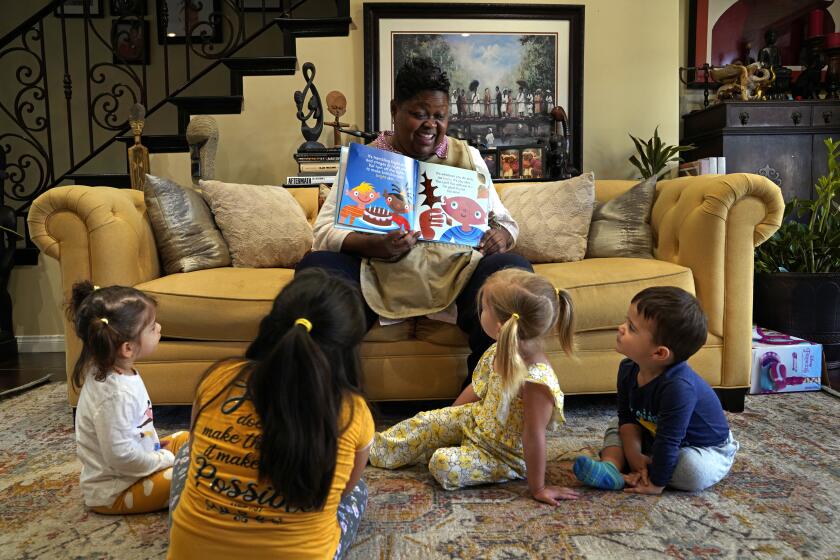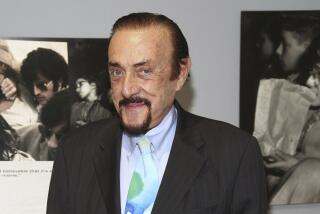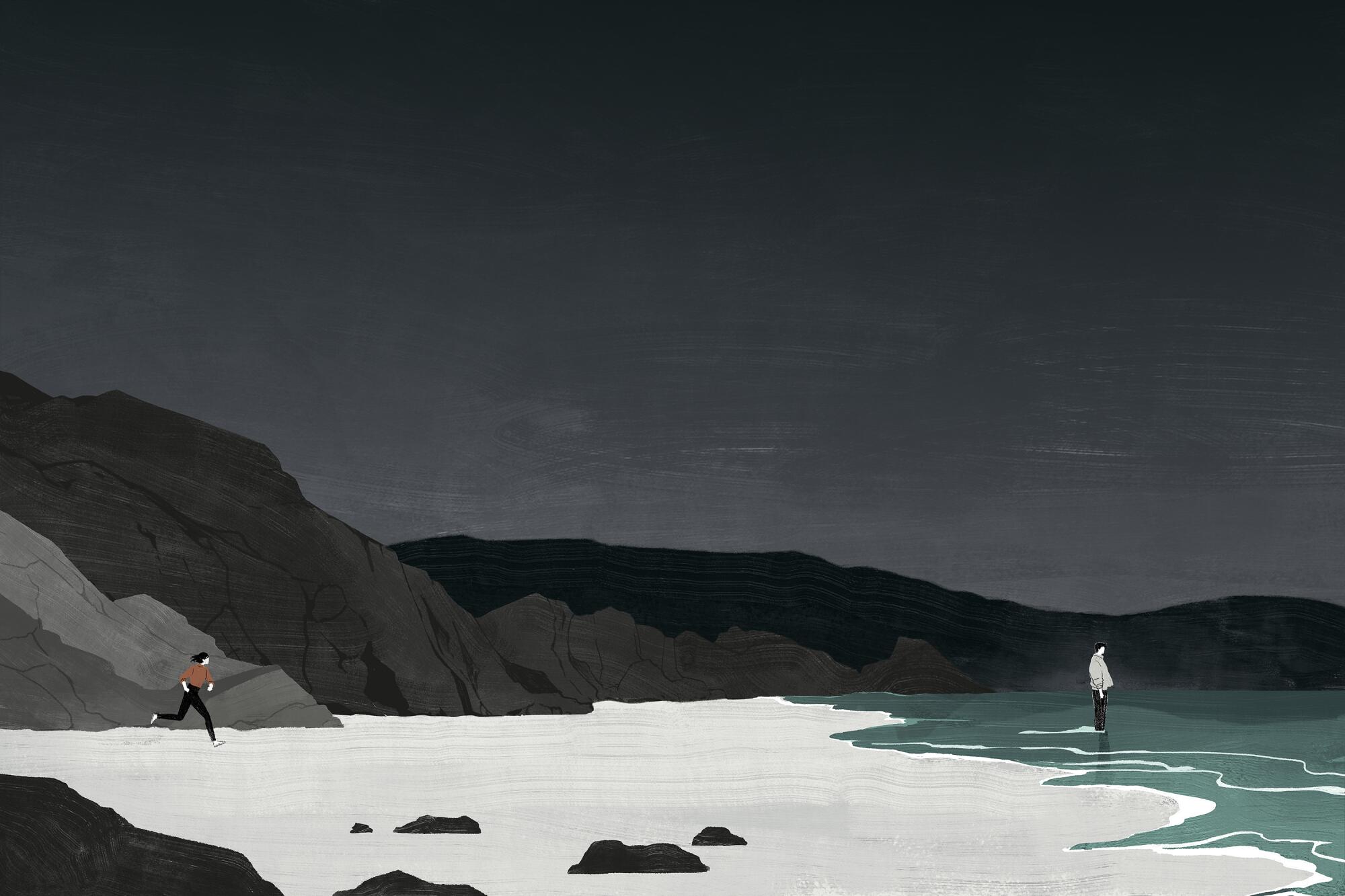

Three years after her husband took his life, Sara Scribner wants to talk. She knows it won’t be easy, but the time is right. Suicide and mental illness have long been the subject of whisper campaigns and conjecture, but the pandemic, she believes, has changed that.
“Scott’s suicide has been the background noise every minute of my life,” she said, “but whenever I bring up his name in conversation, people get uncomfortable.”
In the age of COVID, however, the language of loss and vulnerability has become familiar, and expressions of grief, worry — even fear — are more easily shared.
“Talking is a means of letting in some light, but it is also devastating,” she said.
Scott Timberg was one of approximately 47,500 Americans who took their lives in 2019. The number decreased slightly in 2020, and the U.S. Centers for Disease Control and Prevention is still looking at data for 2021, but over the last 20 years, the trend has been steadily upward.
Understanding why is a mystery. Theories range from untreated mental illness to symptoms of despair: unemployment, addiction, America’s slowly unraveling social structure. Although older white men like Timberg, who was 50, remain most vulnerable, recent increases among young Black people and Native Americans are notable and alarming.
How To Save A Life
Pandemic stress, traumatic events and economic uncertainty have upended our world. This series aims to make the cascade of threats to your mental health a little easier to manage.
Beyond demographics, though, what each life holds in common is a desire to end a pain so great that for one brief and terrible moment no alternative exists other than dying.
“The absolute agony of what leads up to the decision to kill yourself is incomprehensible for most people,” said psychologist Kay Redfield Jamison, whose suicide attempt informed her 1999 book “Night Falls Fast: Understanding Suicide.” “Very few people with terminal cancer commit suicide.”
Like the thousands of suicides that occur each year, Timberg’s death was unique. Yet the distress that he lived with — untreated depression, financial insecurity, physical pain, isolation — is the signature of the suicidal impulse. Experienced separately, they might not have led to his death, but in unison, they overcame him.
Such a death may not be preventable, but understanding what led to his offers hope for others.

How is suicide prevented?
Shame was once considered the best deterrent. Clergy called it a sin. Public burials were forbidden, and those who attempted it were imprisoned. Not until the mid-20th century was its cause and prevention considered worthy of scientific study.
Pioneers in the field delved into its social and psychological roots. They trained clinicians, opened crisis centers and developed community-based interventions, but their efforts were soon marginalized by the promise of pharmacological treatments for depression. Today these divisions are less pronounced.
“Is suicide a biological or social issue?” asked Dr. Paul Nestadt, an assistant professor of psychiatry at Johns Hopkins University in Baltimore. “That’s a false dichotomy. It is both.”
Suicide is complicated and nuanced, but can be preventable.
Treating depression, he said, is just as important as restricting access to guns. Tackling the opioid epidemic is as important as treating eating disorders, and as much as mental health professionals champion the use of antidepressants, they also call for increasing mental health insurance coverage, teaching parenting skills and strengthening economic supports.
“No one approach holds the answer,” said the late Edwin Shneidman, who helped organize the first crisis phone line in Los Angeles in 1958. He viewed psychological pain — what he called “psychache” — as the primary impulse. Two questions, he argued, are central to easing it.
Where do you hurt, and how may I help you?
Nothing so simple to ask is so difficult to answer.

When Timberg moved to Los Angeles in 1997 from the East Coast, he discovered a city that matched his boundless appetite for arts and culture, whether he was browsing bins at Rhino Records, lingering over a Bill Viola show at the Los Angeles County Museum of Art or, as he once wrote, “rushing to discover every film noir location or Beatles haunt or lingering bit of vernacular architecture.”
Suicide prevention and crisis counseling resources
If you or someone you know is struggling with suicidal thoughts, seek help from a professional and call 9-8-8. The United States’ first nationwide three-digit mental health crisis hotline 988 will connect callers with trained mental health counselors. Text “HOME” to 741741 in the U.S. and Canada to reach the Crisis Text Line.
The now-defunct alt weekly New Times LA hired him as an editor, and in 2002, he became a staff writer at The Times (where we were colleagues). He co-edited an anthology of writings celebrating the region, fell in love and married Scribner. Their son, Ian, was born in 2006, and for a brief period Timberg seemed happy.
Yet he was blindsided and suddenly adrift when budget cuts forced The Times to lay him off along with nearly 50 other newsroom employees. He freelanced for a fraction of his former salary. The family lost their house, and in 2012 he started writing “Culture Crash: The Killing of the Creative Class,” his take on the recession’s brutal effect upon artists, musicians and writers like himself.
The book was well-received, but the hope that it would lead to a full-time job in journalism or at a university never materialized. In 2015, he and Scribner moved to Athens, Ga., where Timberg could write without feeling the financial pressure of living in a city as expensive as Los Angeles. But he hated it, Scribner recalled, and fell into a deep depression.
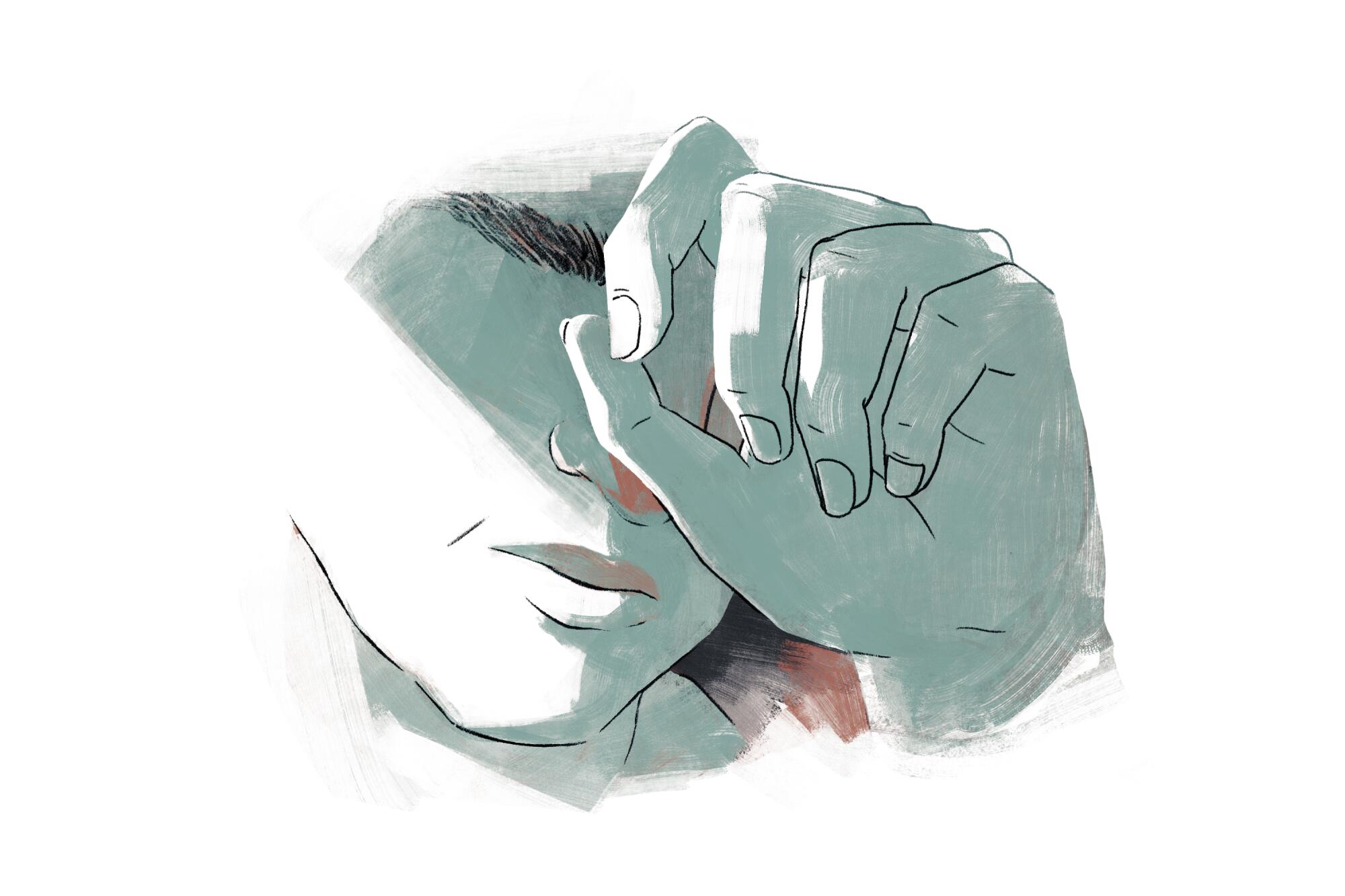
“He was always trying to understand the world,” she said, “and not being able to get a job didn’t compute when everyone was telling him how smart he was. It didn’t make sense.”
They returned to Los Angeles a year later, eventually leasing a home near the Harbor and Santa Monica freeways. His moods became more volatile, and Scribner became convinced that he was experiencing bipolar disorder.
Yet Timberg was never diagnosed. He disdained therapy.
“He thought he was smarter than the average psychiatrist,” said his brother Craig, “and he probably was.”

For those struggling with their emotions, the reasons for not seeking help are numerous.
Nothing is wrong. I can handle this myself. No one can help me.
But despair is blind to itself, and in a culture too proud to admit weakness and too embarrassed to admit need, asking for help is like speaking a foreign language.
“Rugged individualism has served Americans well,” said psychologist Thomas Joiner, author of “Why People Die by Suicide,” “but it is also brutal and isolating. It is that dark side that undermines people’s ability to connect and open up.”
Yet Joiner believes the culture is changing. He equates suicide prevention efforts today to cancer prevention in the 1950s. “That corner wasn’t turned overnight,” he said, “but eventually it was.”
But the messaging isn’t as easy as “wear sunscreen” or “don’t smoke,” and public health agencies take a broad approach in making the case for living.
When the White Mountain Apache tribe in Arizona established its suicide prevention task force in 2001, it required first responders to document and report “individuals expressing suicidal behaviors.”
Additional protocols included school-based training and screening and intervention in the emergency room, and they resulted in an almost 40% drop in suicide rates among its youth between 2006 and 2012, according to a study published six years ago.
Ketamine or more specifically, its cousin — esketamine — has started to change the landscape of depression, especially where it borders on suicide.
Another program, developed by the Massachusetts nonprofit Zero Suicide Institute, provides intervention training and consultation for healthcare professionals. Of those who try to kill themselves, an estimated 40% saw a healthcare provider within a week of the attempt.
When one mental health center in Indiana adopted Zero Suicide training for its staff, it reported a 70% reduction in suicide deaths from 2014 to 2018.
How the pandemic will change these numbers is an ongoing question, but the outcome from these programs is promising.
“You can’t prevent every suicide,” said Joan Asarnow, a professor of psychiatry and biobehavioral sciences at UCLA, “but organizing the healthcare system in such a way that you have leadership around suicide prevention is a big step forward.”

“I’m not doing well,” Timberg said one autumn night in 2019.
Scribner had seen the red flags. He had lost weight, complained of stomach pain and wasn’t sleeping well. He wondered if he had become a burden on the family.
“Are you feeling suicidal?” she had to ask.
He said no.
They agreed that he needed to see someone. They contacted their healthcare provider and were given a list of therapists. Some weren‘t taking new patients. Some had waiting lists that were three weeks long. Some accepted patients only on an out-of-pocket basis. Their efforts ended in frustration.
One December afternoon, Scribner tried to reach Timberg at home, and there was no answer. He always had his phone. She texted and called — nothing — and she feared the worst.
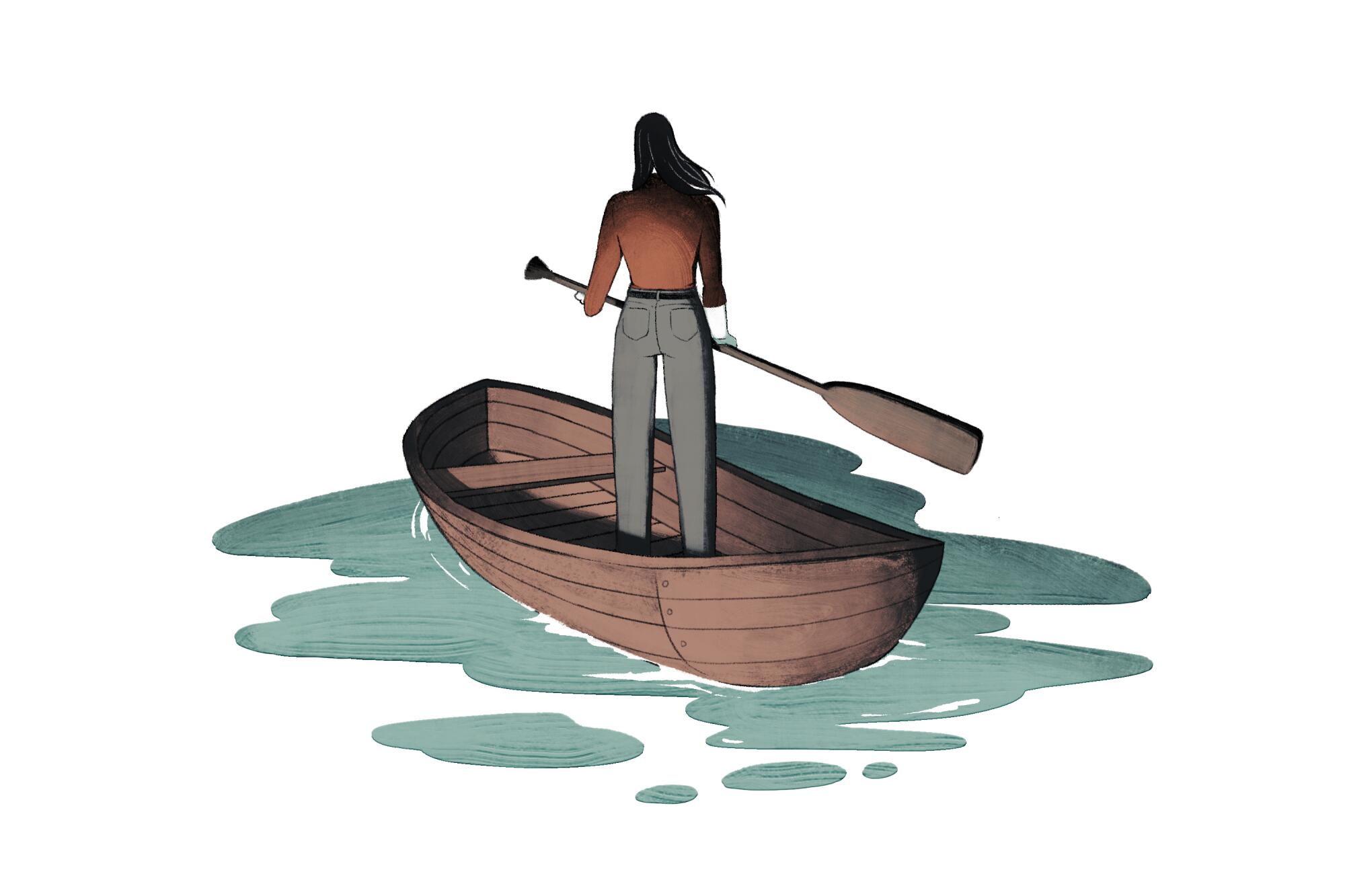
Getting home that night, she told Ian to wait as she went through the house. Timberg was nowhere. She went to the police, filed a missing persons report and called Craig, who lives in Washington, D.C.
“He’s vanished,” she said.
After nearly eight hours off the grid, he showed up on the front porch and explained that he had had a panic attack and needed some air. He had gone for a walk, and said he went downtown but gave no other details.
Scribner wondered why he was being so coy.
The next day she persuaded him to see an urgent care physician for his anxiety and persistent stomachache. During his examination, he completed a mental health survey (“Do you feel helpless?”) and graded himself right down the middle.
Scribner had to correct him, but Timberg’s charm in the company of the doctor hid how he really felt.

A story often shared among suicide researchers concerns a note left by a young man who jumped off the Golden Gate Bridge and survived.
In an interview, he spoke of his ambivalence standing at the railing, bargaining with the universe: “If someone had smiled and said, ‘Are you OK?’ I know I would have begged them to help me.”
His words suggest that suicide is less a decision than a reaction driven by a momentary impulse. The numbers prove this. According to a 2009 study of 82 individuals who survived their suicide attempt, 48% made their attempt less than 10 minutes after first thinking conclusively about taking their life.
The new 988 number is meant as an alternative to 911. But how does it work? And is it safe to call?
“If you make an assumption that suicide is a mistake and recognize that it is impulsive, then you have an opportunity to help,” said Nestadt, who cites legislation passed in the United Kingdom in 1998 that reduced suicides by requiring painkillers like aspirin and Tylenol to be sold in blister packs and in limited quantities. A similar decline in the suicide rate occurred decades earlier when natural gas replaced coal gas in kitchen ovens.
“Addressing lethal means cuts the Gordian knot,” he said. His research has shown that suicide rates drop after gun control legislation is passed.
Take guns out of the hands of the suicidal and you can change the course of someone’s life, he said. “They will survive. There will still be suffering, but that suffering can be addressed and treated.”

After Timberg’s disappearance, Craig visited with the family for a few days. The brothers had long conversations. Timberg admitted that he was anxious and worried but not suicidal.
Craig was skeptical. He made an appointment for Timberg to see a psychiatrist the following week, and when Craig said goodbye to the family, he felt they had weathered the crisis.
“I love you,” Timberg said to his brother, who was leaving for the airport. Craig paused. He had rarely heard Timberg say those words.
The next day, with Scribner at work and Ian at school, Timberg went to Trader Joe’s and bought a bag of tangerines. He was on Twitter reacting to the announcement that Showtime had picked up novelist Michael Chabon’s “The Amazing Adventures of Kavalier & Clay.”
“Absolutely great news,” he wrote.
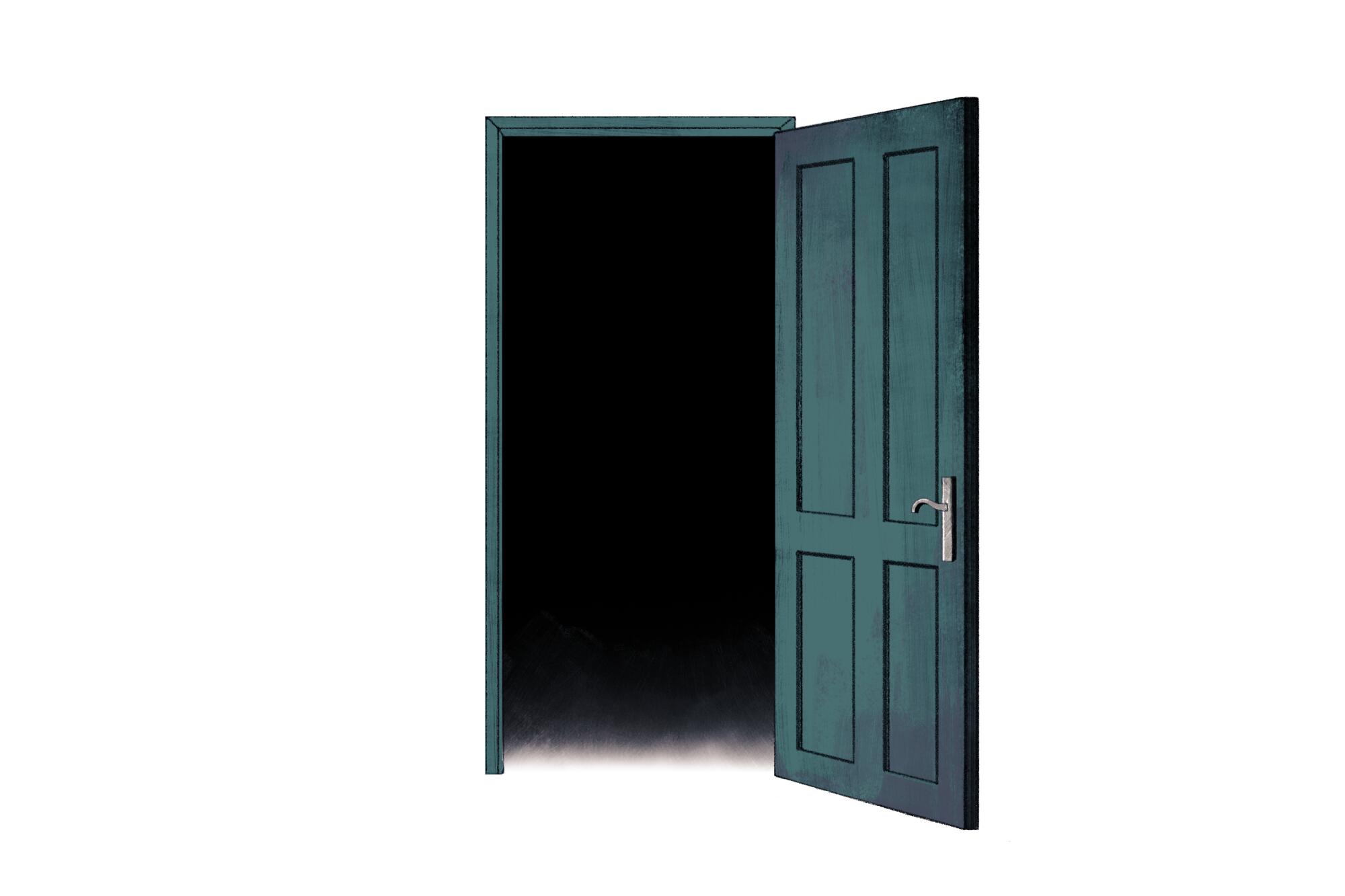
Then he disappeared again.
When Scribner came home and found the house empty a second time, she felt more confused and scared than ever before. When she heard steps on the front porch, she wondered against her fear if he had returned.
Through the diamond-shaped window, she saw a woman she didn’t recognize.
“Are you Scott Timberg’s wife?” the officer asked.
Timberg had jumped to his death from a pedestrian bridge downtown.

Three years later, Scribner is still trying to understand what happened. She is writing a book and isn’t about to say that time heals. The initial pain has quieted down. What’s left is heaviness, confusion, unease.
“The problem with suicide,” she said, “is that the killer of your loved one is your loved one. Who do you get mad at for that?”
She wishes the physicians had spent more time with Timberg and had read his symptoms more carefully, but even then she doesn’t know what they could have done. He never would have agreed to be hospitalized.
A list of crisis hotlines, low-fee and sliding scale counseling, support groups, and mindfulness and meditation services
Craig knows his brother was a hard case, wanting to get better but incapable of accepting help. “Scott didn’t want to die,” he said. “Scott wanted to be at peace, but he was a man on fire and jumped into a pool to put out the flames. I don’t see that as a choice.”
In a 2015 essay for Los Angeles Magazine, Timberg wrote, “It’s human nature to try to make meaning out of life, to build narrative shapes out of events and images. That may be, in the end, what creativity is about.”
If the meaning of his life eluded him, perhaps he thought the answer lay in his dying. Yet Scribner wonders.
“Who knows what he was thinking?” she said. “Can we ever understand that? Can we ever understand a brain that goes haywire?”
If you or someone you know is struggling with suicidal thoughts, seek help from a professional and call 9-8-8.
More to Read
Sign up for Essential California
The most important California stories and recommendations in your inbox every morning.
You may occasionally receive promotional content from the Los Angeles Times.

